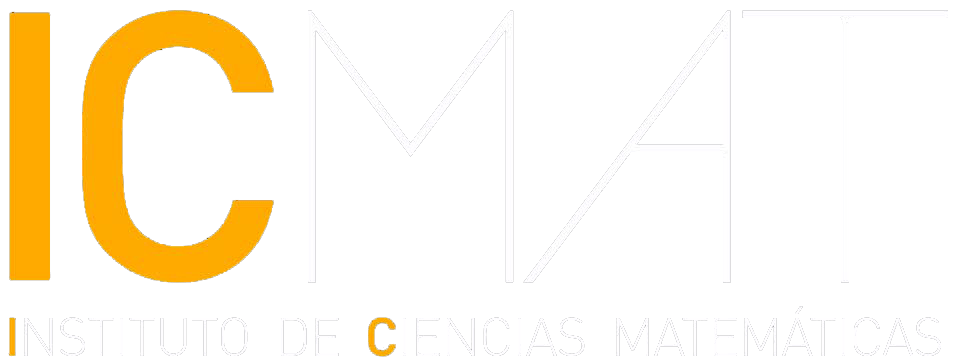Original Title: “Geometric criteria for overtwistedness”
Authors: Roger Casals, Emmy Murphy y Francisco Presas (ICMATCSIC)
Source: Journal of The American Mathematical Society 32 (2019), 563604
Date of online publication: January 3, 2019
Link: https://www.ams.org/journals/jams/2019-32-02/S0894-0347-2019-00917-3/home.html
The history of contact and symplectic topology is a history of war. A war in which you have to keep changing sides and the truth is pushed around all the time. It is an instance of the eternal war between geometry and topology. the geometry side claims that the Contact1 world follows the rules of the geometry: a rigid world in which the different objects are completely static and the different “contact” animals cannot be classified by just rough shapes. According to their view, you have to define subtle –geometric– invariants, and they will produce many examples of animals lying in the same “topological jail.” Moreover, the model geometry that you try to mimic is complex projective geometry: the ideal of a geometer.
In the other side, it lies the topology team, that claims that there is no geometry. the topological jails contain just one animal per jail. there are no surprises: what differential topology puts as necessary condition for the objects to exist is also a sufficient condition. the ideal instance is the world of differential topology.
As in any good war, there has been different alternatives. The 60 ́s and 70‘s of the XX century were the golden age of the topological (usually called flexible) side; they managed to prove that for open manifolds the conditions for existence and classification of contact structures were purely topological. Suddenly, Daniel Bennequin and Mikhael Gromov (respectively in the contact and symplectic area) managed to prove that there was rigidity, that is to say that there were examples of “topological jails” with more than one animal. The following 90’s and 00’s witnessed the growth of the rigidity side in contact topology. There was an exception, though: in the 3dimensional case, in 1989 Yakov Eliashberg managed to prove 1We will say Contact instead of Contact and Symplectic, both geometries are analogous.
17that there was a subclass of contact structures whose existence and classification followed the rules of topology. This flexible class was conformed by the so called overtwisted structures. So, the later explosion of the 3dimensional contact topology has to do with classifying the non-overtwisted (usually called tight) contact structures. Moreover, the rigidity team tried to isolate the overtwisted case and to show that it was an exception: the 3dimensional case was the only particular dimension in which topology played a role.
There were, however, some people looking for the holy grail: the overtwisted class in any dimension. Several attempts were done in the last 20 years: Emmanuel Giroux’s definition in terms of negatively stabilized open books; Klaus Niederkrüger’s plastikstufe, based on generalizing a nice geometric feature of 3D contact structures; the Niederkruger-Presas’ size matters theorems, hinting a definition which had to do with the radius of normal neighborhoods; the use of a relative version that was first understood: the flexibilitiy of the legendrian knots (loose legendrian embeddings), which provides the elegant conjecture of overtwisted being defined as the class in which the legendrian unknot is loose, etc.
Then, the revolution came: it appeared a general existence result in 5 dimensional contact structures. Its merit was hinting that there was flexibility in all dimensions. In line, it came the general existence and classification result. That key paper provided a general definition of the overtwisted class. However, the definition was a highly technical partial differential relation very hard to work with, and, in the other hand, there was that long sequence of attempts of definition that were beautiful and much more simple to check in examples. The article “Geometric criteria for overtwistedness” just claims that all the previous definitions of overtwisted were equivalent to the final one. So, everybody was relieved, their years of efforts were rewarded: their definitions were the real definition. Obviously, the goal of the paper was not just that, it actually uses the advantages of the alternative definitions to show a lot of flexibility statements in contact geometry. In the last year, several results have used this article to push the flexibility side of high dimensional contact topology. After years of defeats, the flexibility team is taking control.


